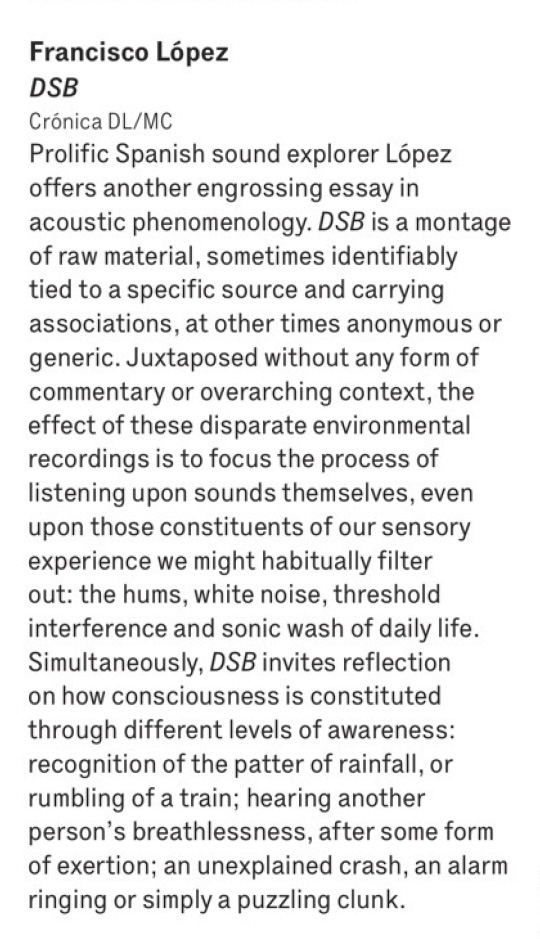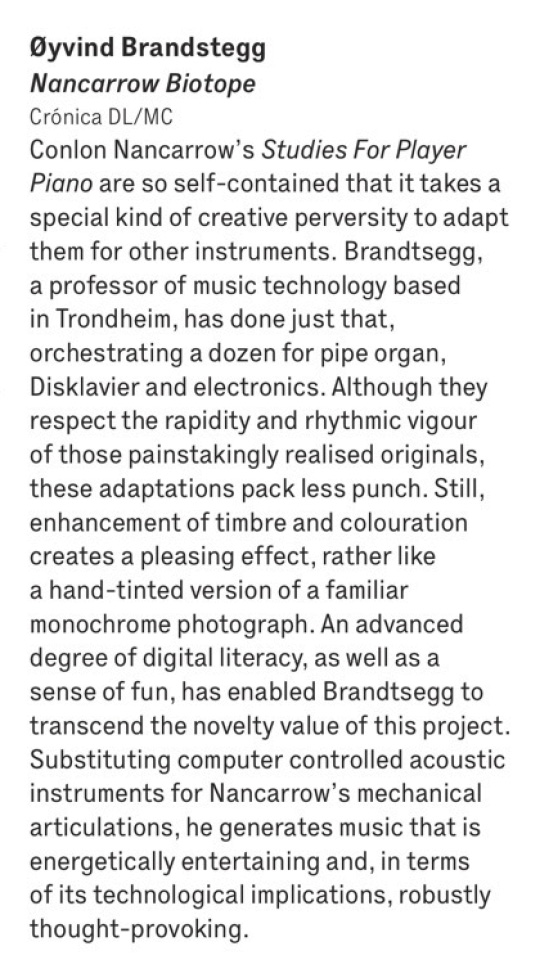
Crónica is proud to present the new release from Budhaditya Chattopadhyay, Exile and Other Syndromes, now available to stream or download.
Exile and Other Syndromes is the stereo mix-down of an interactive and generative audiovisual installation that responds to the current indisposition of migration, mobility, placeless-ness and nomadism, which are considered as the impulses of a contemporary condition that eventually blurs the boundaries between the local and the global, the digital and the corporeal, the private and the public, or the intimate and the dehumanizing spaces, instilling a sense of semantic fatigue. The composition aims to transmute the contemporary city’s volatile, oppressing and tensed environments to encourage the contemplation and poetic musings of the listening subject navigating the intercepting urban spaces. This specific method of artistic intervention examines the way memory, imagination and subjectivity of an itinerant listener elaborates the character of sound in the context of intensified urban interaction, mobility and nomadism. The work relies on intuitive capacities of listening rather than the ontological and epistemological reasoning involved in deciphering the immediate meaning of sound, helping to relate to these dehumanizing urban sites through a poetic presence. This belief in inward contemplation and subjective formation available to the urban listeners enables the work exploring the poetic-contemplative rupture to counter the neurosis of contemporary urban living. The particular emphasis on the poetic attributes of an expanded mode of listening provides with a context for exploring the unexpected splendor of everyday sounds and their transcendental potential. Emergence of contingent moments in the urban listening experience expands the Cagean idea of chance composition towards a fluid and nomadic interaction with these everyday urban sounds.
This project was conceived in an artist residency (2015–6) at the Institute of Electronic Music and Acoustics – IEM, supported by the University of Music and Performing Arts Graz. The premiere of the prototype took place at CUBE, IEM, on 19 January 2016. The full version of the work was installed publicly during the festival Nacht van Kunst & Kennis, Leiden in September 2017, exhibited (along with 3-channel live visuals) at the Rogaland Kunstsenter as part of the Screen City Biennial, Stavanger, Norway, 12–31 October 2017; and as The Unspoken, The Ineffable at Serendipity Arts Festival, Goa, December 2018. The Ambisonics composition was performed live at Irtijal, International Festival for Experimental Music in Beirut, and Convergence festival 2019, De Montfort University.
Exile and Other Syndromes is now available for stream or download!








